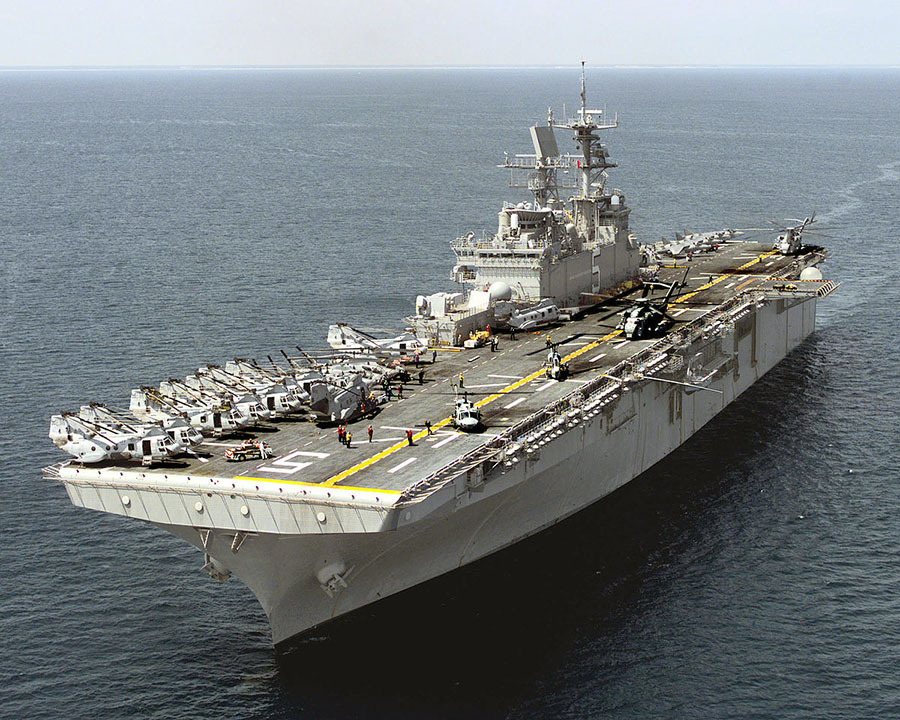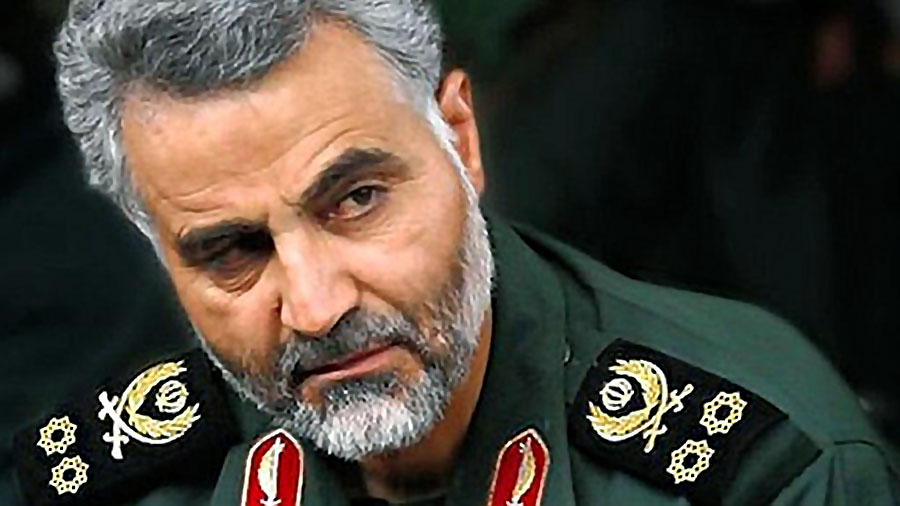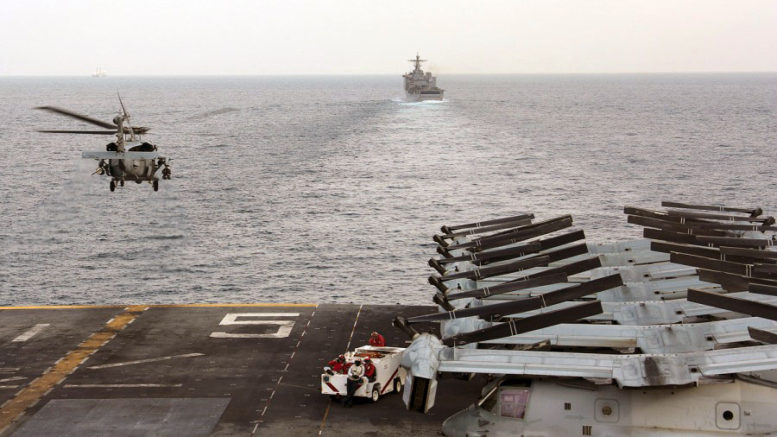Contributed from Victoria
The amphibious assault ship USS Bataan transited the Strait of Hormuz into the Persian Gulf Wednesday, becoming the first U.S. Navy “big deck” to enter these strategic waters in 2020. Along with its support fleet, the Bataan incursion includes 2,500 Marines, backed with amphibious craft. This is a force meant for landing on shore.
“Our passage through this important strait and continued presence in the area plays a critical role in maintaining the freedom of navigation key to regional security and stability here,” said Capt. Lance Lesher, the group’s commodore in a statement.

But critics point out, it is the United States’ presence that is doing more than anything else to raise the tension.
Justification for intervention has been the accusation that Iran had attacked Saudi shipping. No proof has ever been provided. It became increasingly clear that the incidents blamed on Iran were much more likely to be connected to Saudi’s war in Yemen. Iran has denied having any involvement.
Mounting a presence in Strait of Hormuz into the Persian Gulf, nevertheless, fits in with the United States’ geopolitical plan for the region. One of its key planks is to pressure for and eventually achieve what is called regime change is Iran.
This is why the presence has nothing to do with preserving the peace. It is about control over a major strategic point and transport route for oil.
The 96-mile-long Strait of Hormuz is bounded to the north by Iran and to the south by Oman and the United Arab Emirates. Around a fifth of the world’s oil passes through the strategic shipping route, which is only 32 kilometers wide wide at its narrowest point.
Positioning a naval presence here, would enable fire power into the territory of these nations. Iran faces the greatest threat. Presure can also be put on Oman and the Arab Emirates, to ensure they comply with Washington’s wishes, and participate in targeting Iran. This method was once called gunboat diplomacy. It should be again.
Bataan’s passage through the strait was to “reassure allies” and ensure “stability and security essential to maritime commerce,” skipper Capt. Greg LeLand said.
The double speak really means, ‘we have the guns to persuade allies and ensure that we are in control of the Straight and what goes through there.
A new turn at muscle flexing has come about, as the American presence becomes increasingly unpopular in the region. Even the friendlier governments catching wind of the popular mood must be careful not to be seen as being to close to the United States.
Assassinating Iranian General Qassem Soleimani, has done a great deal to fan the flames of anti-Americanism.

Just weeks ago, more than two million people turned out in the streets of Iraqi capital Baghdad. Days ago, US troops in Syria strayed across the line into Syrian government territory and were blocked by local civilians. One of these civilians was shot dead and another injured.
These and other military attacks in the region have prompted retaliatory attacks, which have left several U.S. soldiers dead, and more injured. The toll on those suffering from psychological injuries is on the rise.


Be the first to comment on "The U.S. scales up its presence in the Persian Gulf and Strait of Hormuz"